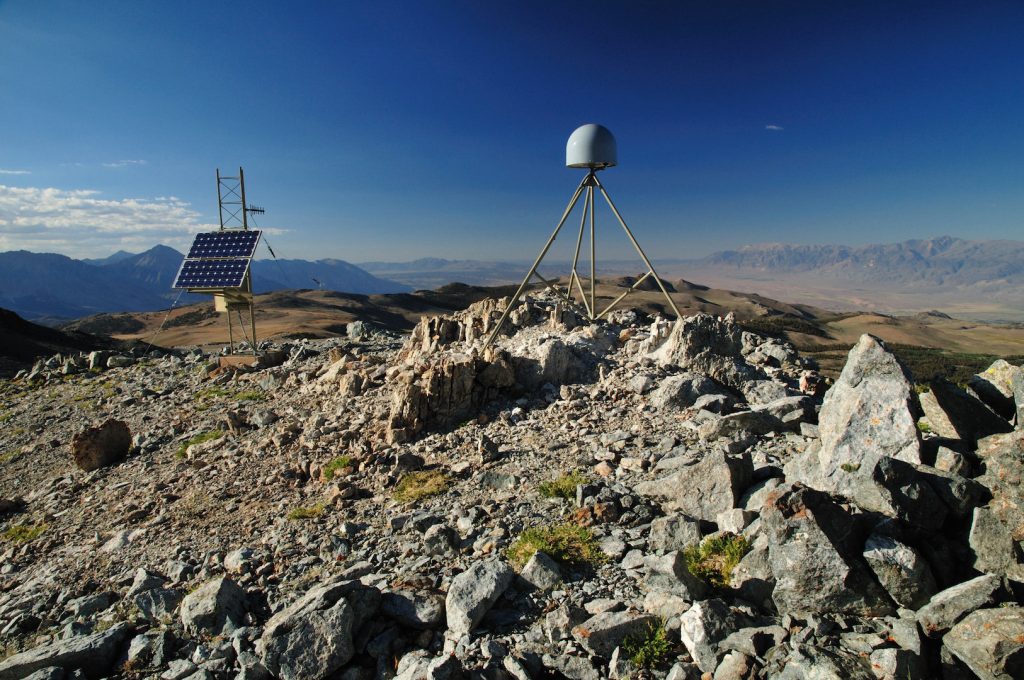Landslides are a perennial threat in California, where the geology and steep topography mean the land is more prone to slipping than in other places. Now, researchers at the University of Texas Institute for Geophysics and UC Santa Cruz studying two large Northern California landslides think they’ve found the key to predicting landslide motion hidden… Continue Reading ‘Giant Lab Experiment’ Leads to New Model for Predicting Landslides
New Imaging Technique Uses Earth’s Warped Surface To Reveal Rocky Interior
Surface mapping technology such as GPS, radar and laser scanning have long been used to measure features on the Earth’s surface. Now, a new computational technique developed at The University of Texas at Austin is allowing scientists to use those technologies to look inside the planet. The new technique, described by researchers as “deformation imaging,”… Continue Reading New Imaging Technique Uses Earth’s Warped Surface To Reveal Rocky Interior
Scientists Isolate Early-Warning Tremor Pattern in Lab-Made Earthquakes
Researchers at The University of Texas at Austin have successfully isolated a pattern of lab-made ‘foreshock’ tremors. The finding offers hope that future earthquakes could be forecast by the swarm of smaller tremors that come before them. The research was published in the journal Nature Communications. The next step is to replicate the results in… Continue Reading Scientists Isolate Early-Warning Tremor Pattern in Lab-Made Earthquakes
Discovery of Massive Undersea Water Reservoir Could Explain New Zealand’s Mysterious Slow Earthquakes
Researchers have discovered a sea’s worth of water locked within the sediment and rock of a lost volcanic plateau that’s now deep in the Earth’s crust. Revealed by a 3D seismic image, the water lies two miles under the ocean floor off the coast of New Zealand, where it may be dampening a major earthquake… Continue Reading Discovery of Massive Undersea Water Reservoir Could Explain New Zealand’s Mysterious Slow Earthquakes
Earthquake Scientists Have a New Tool in the Race to Find the Next Big One
An everyday quirk of physics could be an important missing piece in scientists’ efforts to predict the world’s most powerful earthquakes. In a study published in the journal Science, researchers at The University of Texas at Austin discovered that a frictional phenomenon could be key to understanding when and how violently faults move. That’s because… Continue Reading Earthquake Scientists Have a New Tool in the Race to Find the Next Big One





